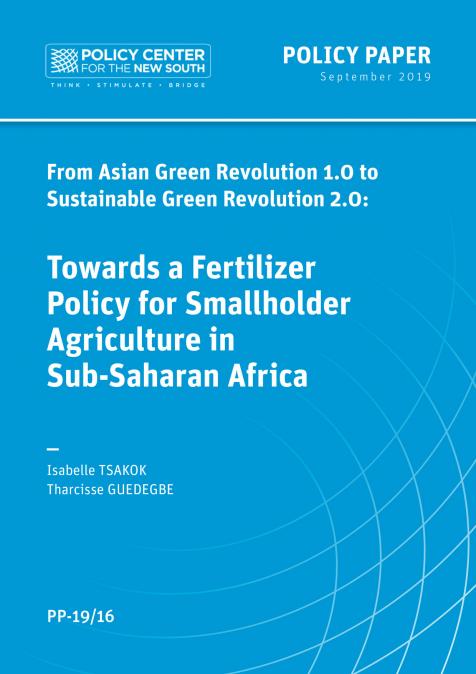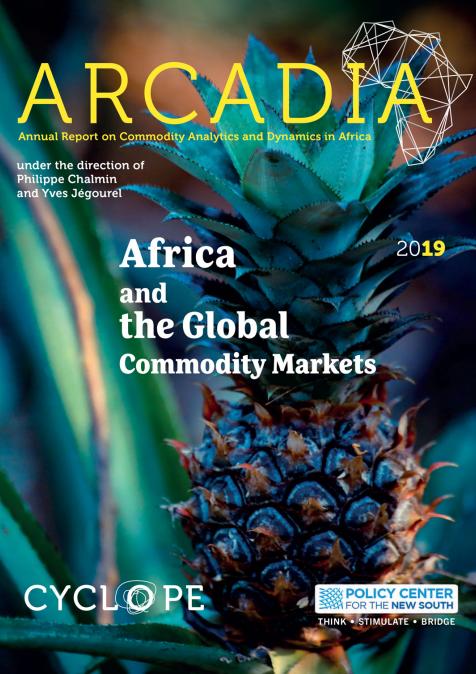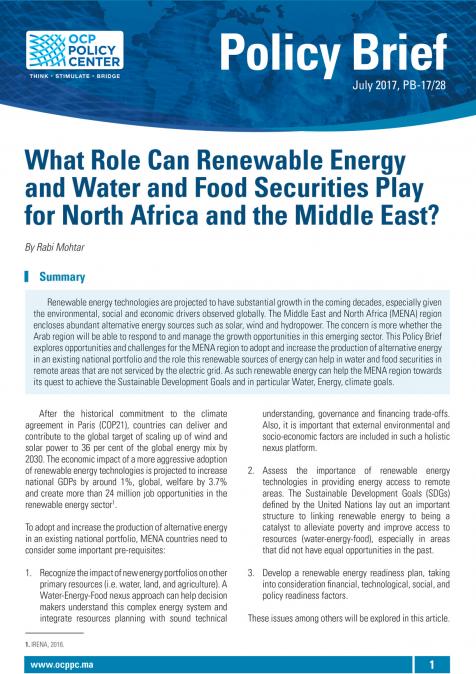Publications /
Opinion
Catastrophic Consequences
Increasing wildfires, a sign of climate change, are reducing forests to ashes. This year alone, 43 billion metric tons of CO2 will be emitted into the atmosphere from forest fires. The world lost about 10 million hectares of forests per year between 2015 and 2020, according to the United Nations Environment Program (UNEP), in its 2021 report Ecosystem Restoration for people, nature and climate. Each year an average of 122 million hectares of forests are affected by fires, pests, diseases, invasive species, drought, and adverse weather events. “The past decade was the hottest in human history”, confirmed UNEP scientists, adding that “the planet is on pace for an excess of 3 degrees Celsius in warming”, a figure which could have “catastrophic consequences”.
“Forests are disappearing at an extraordinary rate,” stated the online platform Global Forest Watch, which specializes in forest data. “There can be no conversation on climate change without including forests and deforestation”, argues Gabriel Labbate, a United Nations forestry expert. “Its fundamental in the fight against the environmental emergency that faces us”. Forests are important sinks for planet-warming carbon dioxide, soaking up 30% of emissions from industry and fossil fuels. Their role in capturing and storing carbon is critical to mitigating the risks that climate change poses to the world’s food systems.
“Although wildfires are a natural occurrence within some forest ecosystems, fire seasons are becoming more extreme and widespread, even in tropical rainforests where fires are atypical and particularly damaging. Hotter, drier weather caused by climate change and poor land management create conditions favorable for more frequent, larger and higher intensity wildfires.” according to Global Forest Watch. UNEP’s Niklas Hagelberg, a climate change expert from Finland, says, “Mega fires may well be the new normal as global temperatures continue to rise”.
Radio France International (RFI) reported (on August 16): “The Mediterranean bears the brunt of catastrophic climate change”. This summer for example, an Italian record was noted, 48.8 degrees Celsius in south-east Sicily, 49.6 degrees in Morocco’s Sidi Slimane. Greece reported its highest temperature (46.1 degrees) and worst heat waves in 30 years. Mark Parrington, a senior scientist at the European Copernicus Atmosphere Monitoring Service (CAMS) predicted that “Although fire activity depends on meteorological conditions that can vary each year, the overall situation is likely going to get worse in the future, as the climate in many of these areas becomes hotter, and drier in summer months”. “Nearly all of the most disastrous fires of the last decade have occurred during periods of unusually hot or dry weather” (UN Environment Program, Niklas Hagelberg). Nearly 50,500 mega wildfires were recorded on our globe in 2019, and last year 58,950.
According to the European Space Agency, fire affects an estimated 1.5 million square miles of earth’s land each year, about half the size of the United States, or roughly four times the size of Nigeria. As of August 19, 2021, the environmental organization Amazon Dashboard, using satellite data, reported 10,716 fires in the Amazon rainforest region, of which several were started in August 2021, measuring from 82.46 to 126.48 square kilometers. The Amazon rainforest originally covered around 4.1 million square kilometers. In the last 50 years alone, 17% of this habitat was lost irrevocably.
Paradise Turned Into Hell
The Amazon rainforest, which is a key bulwark against runaway climate change, and absorbs two billion tons of carbon dioxide annually, which is around 5% of global carbon dioxide emissions, could eventually transform from a carbon sink to a carbon emitter as early as the next decade. By 2030, according to WWF in 2017, 55% “of the Amazon rainforest could be destroyed or severely damaged”. In the Mediterranean region the average annually burned area has quadrupled since the 1960s—each year about 50,000 fires of all sizes are reported by the Mediterranean nations. The heat combined with dry conditions, wrote the Czech London-based science and technology expert Tereza Pultarova, on space.com (August 11, 2021) turned “Mediterranean paradise into hell”. In her report, the author deplored the Russian fires in Siberia as well: “They may be occupying fewer news pages and less air-time, but they actually worry scientists the most. Since last spring, satellites have been supplying images of vast areas of taiga near the polar circle being devoured by flames. Russian authorities, in many places, have given up the fight”.
“In the Sakha Republic and the whole Far Eastern Federal District of Russia, we are already seeing the total estimated fire emissions from the region exceeding last year’s levels”, says Mark Parrington of CAMS. He added, “our data set goes back to 2003. And this year, in terms of the total estimated emissions, it’s already much higher than the previous record annual total, which was 2020”. The region, which experienced record breaking temperatures in June, “has lost almost 500 000 square kilometers of vegetation to the fires, according to end of July estimates” (space.com). The Moscow Times, quoted by space.com, reported that, according to Greenpeace Russia, this year’s fires might become the largest in recorded history. In the Russian Far East historically, according to WWF in a 2017 study, there were extreme forest fires every 40 to 80 years. Over the last four decades, this interval has decreased to ten to twelve years. Tereza Pultarova stated on space.com (August 18, 2021): “Wildfires in Siberia have produced 800 megatons of carbon dioxide since the beginning of June, nearly doubling last year’s record”. In only two and a half months, the fires exceeded the annual carbon dioxide emissions of Germany, the most polluting European country.
Meanwhile, in California, the second largest fire in the state’s history has been burning since mid-July around Lake Almanor in the northeastern region of the state. Almost 2000 square kilometers of forest have been turned into ashes, including the historic mining town of Greenville, burning to the ground many of its early nineteenth-century buildings. About 15% of global greenhouse gases emissions are attributed to forest fires. Savannah and forest fires, reported WWF in its 2017 fire report “annually release 1.7 to 4.1 billion tons of carbon dioxide into the atmosphere, around 39 million tons of methane, as well as 20.7 million tons of nitrogen oxides and 3.5 million tons of sulphur dioxide”.
Despite the COVID 19 lockdown, greenhouse gas emissions have continued to rise. Since 1990 there has been a 45% increase in total radiative forcing—the warming effect on the climate caused by long-lived greenhouse gases—with CO2 accounting for four fifths of this, according to the World Meterological Organization (November 23, 2020). Petteris Taalas, WMO Secretary General, explained the consequences of human irresponsibility in dealing with climate change: “Carbon dioxide remains in the atmosphere for centuries and in the ocean for even longer. The last time the Earth experienced a comparable concentration of CO2 was 3-5 million years ago, when the temperature was 2-3 degree Celsius warmer and sea level was 10-20 meters higher than now. But there weren’t 7.7 billion inhabitants”.







